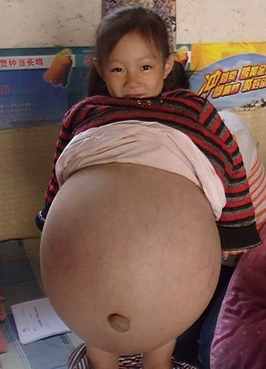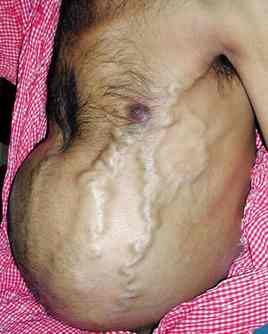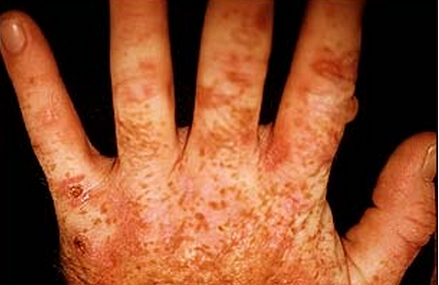Avoidant Personality Disorder
What is Avoidant Personality Disorder?
Avoidant personality disorder is a personality disorder characterized by apparent avoidance in social situations and relationships because of an unwarranted fear of rejection by other people. People suffering from this personality disorder often manifest low self-confidence, mistrust toward other people and feelings that he or she is a failure.
Individuals who have avoidant personality disorder want to be in a relationship; however, they lack the ability and self-belief that are important in social relationships. So as to defend themselves from the probability of being criticized or ridiculed, they avoid other individuals. This withdrawal of social relations will likely isolate them from significant affairs and acts to strengthen their discomfort and anxiousness in social gatherings.
The actions of people suffering from avoidant personality disorder are marked by social isolation, introversion, mistrust and emotional aloofness. These individuals are more likely to be careful when they talk and they carry a general feeling of uneasiness in their ways. Usually they are highly conscious and critical about their difficulties in social relationships.
Signs & Symptoms
The following are the seven diagnostic criteria to specify avoidant personality disorder:
- The individual stays away from work activities that need social contact. They may turn down job interviews and promotions because they think that they lack the ability to fit the job description.
- The individual is hesitant to involve him or herself in social gathering and activity with no apparent promise that he or she will be received. People who are suffering from this condition presume that people are not trustworthy until they prove that they are. Most people must give people suffering from avoidant personality disorder needs regular support and persuasion so that they will be encouraged to be involved in a social gathering or activity.
- The individual is afraid of being criticized or ridiculed in social relationships. Therefore, people who have this disorder turn out to be really conscious on actions or behaviors that may indicate rejection. They will run away in a place wherein they assume that other people might disapprove them.
- The individual always think of criticism or rejection. Much of his or her energy is given in worrying or evading circumstances they presume unsafe and will only cause them embarrassment.
- The individual is withdrawn in new social interactions because of feelings of meagerness. Low self-confidence weakens their self-esteem in knowing and talking with new people.
- The individual considers him or herself as socially incompetent. This self criticism is particularly evident when the person must have social encounters with people they don’t know. Individuals suffering from avoidant personality disorder see themselves as unpleasant or lesser to other people.
- The individual is hesitant to make risks so as to prevent potential embarrassment. People with this disorder look for social interactions that guarantee the best likelihood of approval while lessening the probability of humiliation or criticism. They still may go to a party, for instance; however, they will stay in a corner talking with their dear friends than going to the party with a person they do not know that much.
Causes
The exact cause of avoidant personality disorder is not yet known and may be brought about by many factors like social, heredity and biological factors. The characteristics of this personality disorder usually show in childhood, characterized by extreme introversion and fear when he or she meets new people and circumstances. These signs are also common in normal children at this developmental stage, but if the symptoms persist into adulthood it can indicate a diagnosis of avoidant personality disorder.
The majority of people confirmed to have avoidant personality disorder have a past history of early and prolonged criticism and rejection from their parents. The necessity to have a relationship with their parents that reject them make the avoidant people desire for a social relationship, however, their yearning slowly turns into a defensive shield of protection versus the constant rejections they receive from their parents. Mockery or disapproval by friends farther strengthens their social isolation and adds to their fear of social connection.
Diagnostic Criteria (Tests)
An individual suffering from avoidant personality disorder may have the following:

Avoidant Personality Disorder picture
- Be easily upset once a person or a group of people ridicule or reject them
- Delay having extreme and close relationships
- Hesitant to become connected with others
- Will not choose jobs or activities that include socializing with people
- Extremely shy during social gatherings because he or she is afraid to embarrass him or herself.
- He or she will make possible problems look bad than they are
- Perceived themselves as not good in social interactions, inferior or unlikable
Here are the following assessment tools beneficial in confirming avoidant personality disorder:
- Thematic Apperception Test
- Rorschach Psychodiagnostic Test
- Millon Clinical Multiaxial Inventory
- Minnesota Multiphasic Personality Inventory
Treatment Guidelines
Anti-depressant drugs
Anti-depressant drugs can usually make individuals less affected by rejection. Nevertheless, psychotherapy is believed to be the best treatment for avoidant personality disorder. Psychodynamic psychotherapy, which facilitates understanding on the patient’s thoughts and emotions together with cognitive behavioral therapy, can also treat avoidant personality disorder. A mixture of drugs and psychotherapy can be more beneficial compared to single way of treatment.
The prognosis of people suffering from this disorder is good with treatment. They may improve and acquire some social skills and the disorder can get better with proper treatment.
Avoidant Personality Disorder With Out Treatment
Without treatment, an individual suffering from avoidant personality disorder may suffer from total withdrawal and resignation to life. They can become substance abusers or may develop depression.




